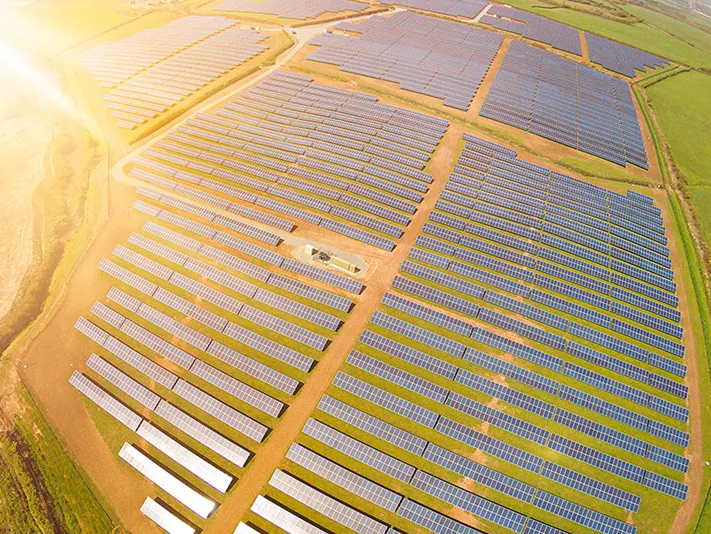MPower breaks ground on two solar farms in South Australia
- Renewables developer MPower has commenced work on two 5 MW solar farms in South Australia expanding its portfolio of smaller utility-scale projects.

MPower, a subsidiary of Australian power sector investor Tag Pacific, has kicked off the new calendar year with the commencement of early works on two 5 MW solar projects in South Australia. The new projects align with the company’s strategy of targeting this specific project size due in part to their relative ease in connection to the grid.
MPower has secured Limited Notices to Proceed in respect of the two projects being developed by Astronergy Solar Australia. This follows the successful commissioning of another two 5 MW solar farms in 2019 also in South Australia. The first project is a chunk of the 30 MW Mannum Solar Farm owned by Chinese-Canadian solar heavyweight Canadian Solar, while the second one was developed by Renew Power Group in Port Pirie and officially opened in August.
“MPower has developed an enviable capability in the successful delivery of 5 MW solar farms and continues to strengthen its order book in the growing renewable energy sector,” MPower’s Chief Executive Officer Nathan Wise said.
While there are other developers that have also recognized smaller utility-scale projects as a lucrative investment, even when operated on a merchant basis, South Australia has showed it is keen on welcoming more big PV as it moves towards 2030 target of “net” 100% renewables.
While it has very few developed big utility-scale projects, with just the 220 MW Bungala and 95 MW Tailem Bend projects operating at present, the state saw a rush of development approvals last year, dominated by big PV and megabatteries.
Despite the uncertainty around the South Australia-New South Wales interconnector that is critical to the development of several projects and the strong competition from around 1 GW of rooftop PV, some of the reasons why the state is seen as a fertile soil for big PV are its geographical location, meaning solar farms still generate during the peak periods on the east coast, and better marginal loss factors relative to other states.
Also read

